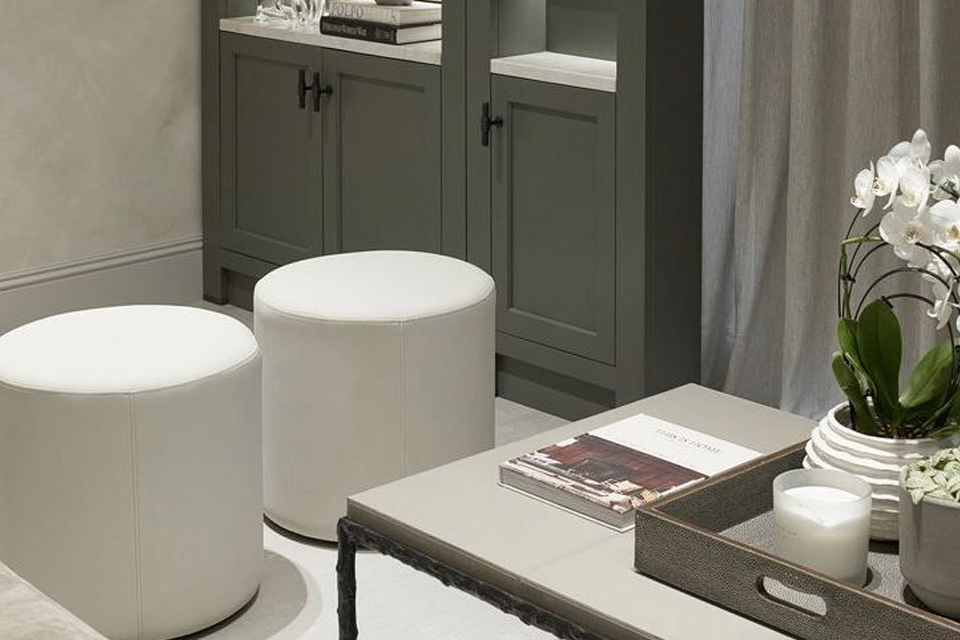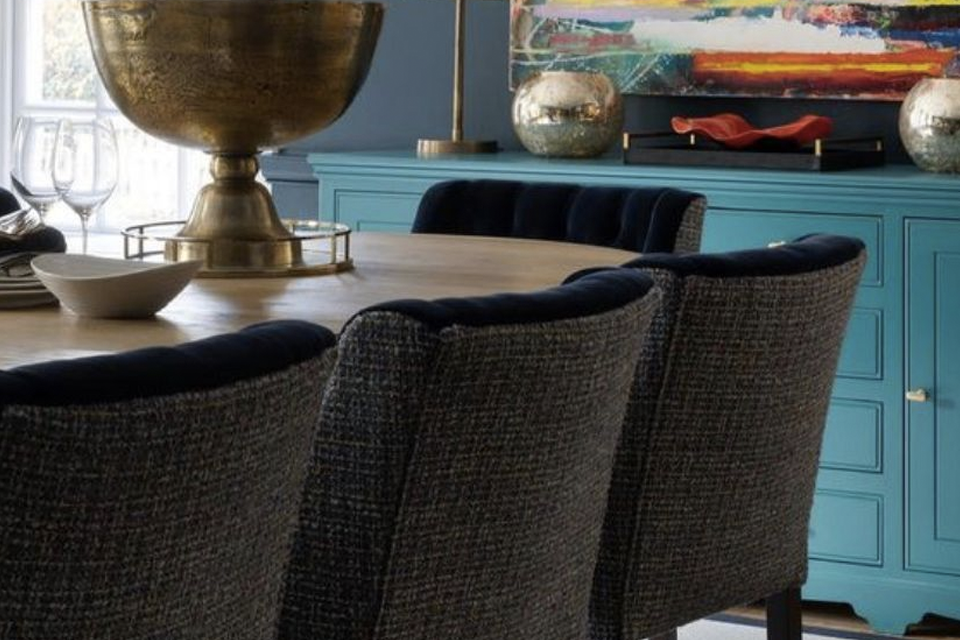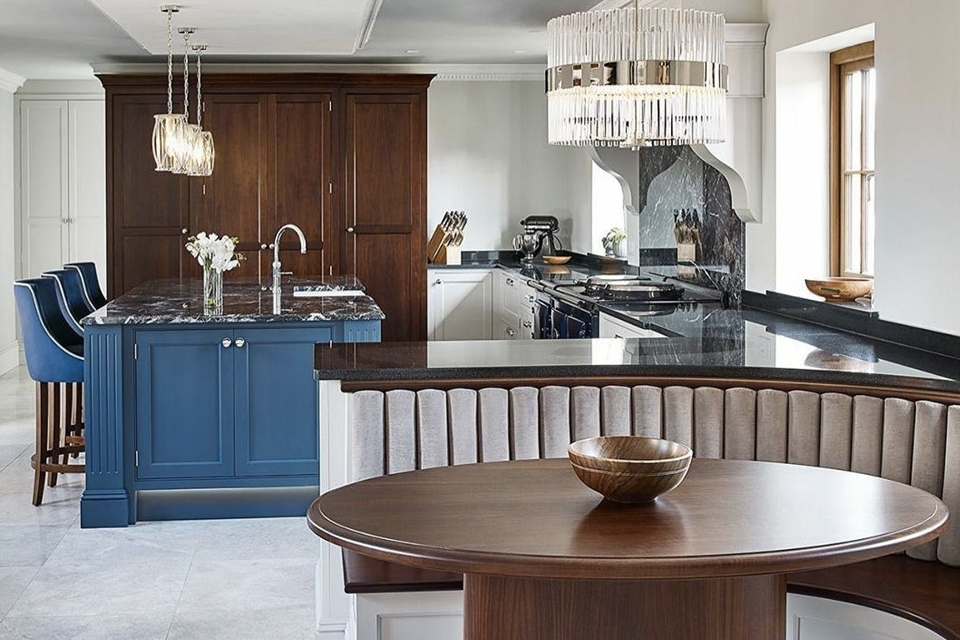
The places we inhabit on a regular basis, be it our homes or places of work – can have a strong affect on our mood, thoughts, feelings and ultimately our behaviour.
This concept is well documented by psychologists and architects alike. Certain architectural designs seem to promote alertness and maintain higher thought. Studies suggest that large rooms with high ceilings can foster creativity and inspiration, whereas rooms with lower ceilings can help the individual focus on the task at hand.
Just as our built environment can affect our well-being and how we perform, so can the interior design and arrangement.
Our Health and Well-Being
Coming home to an interior which makes us feel good and promotes positive feelings, is ultimately good for our general health and well-being, as our thoughts and feelings are easily influenced by our surroundings. So although many of us choose to decorate using our favourite colours, this doesn’t guarantee a successful end result – it is important to have a balance, to consider the best way to effectively use the available space and choose a harmonious colour scheme which is pleasant and relaxing for long periods of time.
Nature and Relaxation
Views of natural landscapes such as meadows, beaches or parkland from the workplace, were traditionally seen as distracting, it was believed one may be tempted to spend their time gazing at the pleasant scenery rather than attending to the task in hand. However, we now know the opposite of this to be true, as these types of scenery are associated with higher productivity and a marked improvement in focus. Busy urban street scenes with moving vehicles, people and numerous buildings on the other hand, are considered to be distracting and even tiring as they require more cognitive processing from the brain.
These principals can be applied to interior design – a cluttered house is not a relaxing place to be in, there are too many items for the eye to focus on, too much information for the brain to process – resulting in an unrelaxing experience, conveying feelings of disorganisation and chaos.
For many of us living in cities, finding a house or an apartment with a view of greenery is a tall order; however, this problem can be resolved by adding greenery to your home in the form of plants, flowers and foliage.

Furniture
This should be chosen carefully to bring out the best of your available space and reflect your personal style and taste. Furniture and accessories are also frequently used to convey the home owners’ cultural heritage. Your sofa, dining table and its chairs can have a massive impact on the overall feel of your living area and should be thought about carefully.
Many of us opt for soft forms and curved edges rather than sharp corners. Some studies suggest this may be to due to our subconscious alerting us to the danger – as sharp edges are perceived as a potential danger.

Seating Arrangements and Lighting
Your furniture arrangement can also influence how much or little people interact in your home. Positioning seating against the wall discourages people from socialising, whereas positioning chairs in groups facing one another encourages interaction.
Lighting can also influence our moods considerably, low level dim lighting at a dinner party will stimulate conversation as guests feel more relaxed and willing to speak openly – whereas harsh over head lighting will have the opposite effect. Natural lighting however, is important throughout our homes as nobody enjoys living in a cave. Sunlight and brightly lit environments show an increase in productivity – this is especially true in educational settings, A lack of natural light can lead to low moods and a depressive atmosphere in both the workplace and the home.
Colour
Colour has an enormous effect on the mood – any successful hotel or restaurant owner will testify to this. Colour schemes and seating arrangements can be used to encourage people to stay and relax in anyone place by using soft colours, comfortable seating and subtle lighting. Harsh lighting, bright colours and hard chairs have the opposite effect and communicate that this is only a temporary place to wait in.
Yellow
A positive colour associated with happiness and sunshine – yellow and variations of it are popular in the kitchen, the most frequented room of the house.
Blue
Often a popular choice for decorating bathrooms, blue is a relaxing colour associated with tranquillity and reminiscent of the sea or a lake. Dark blue however, can produce a somewhat heavy sombre tone and is best used for feature pieces, not overall decoration.
Red
Red is strong colour heavily identified with passionate emotions such as love and anger. This bold colour can be overpowering if used in excess, it is most successful in subtle accent pieces such as upholstered chairs or feature walls.
Purple
Another passionate colour, more associated however with luxuriousness and royalty.
Orange
A strong colour, best used as an accent – orange can promote feelings of energy and innovation.
Green
The colour of nature, green reduces stressful feelings, works well in most rooms of the home and can be combined easily with a number of other colours.
White
Clean, airy and universally popular – white is extremely attractive and works well with most other shades. The downside is how easily it marks and stains.
Grey
Promotes feelings of relaxation and serenity, grey is popular in living rooms, offices and bathrooms.
Black
A powerful colour, perfect for statement pieces but heavy if over used.
